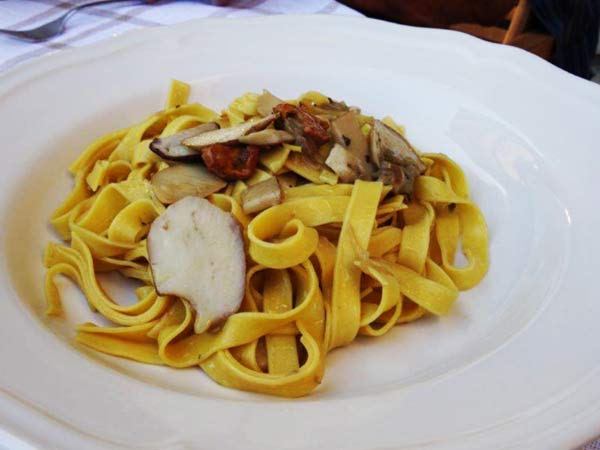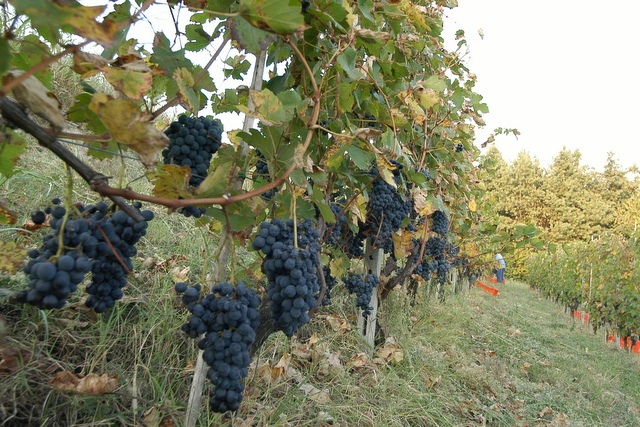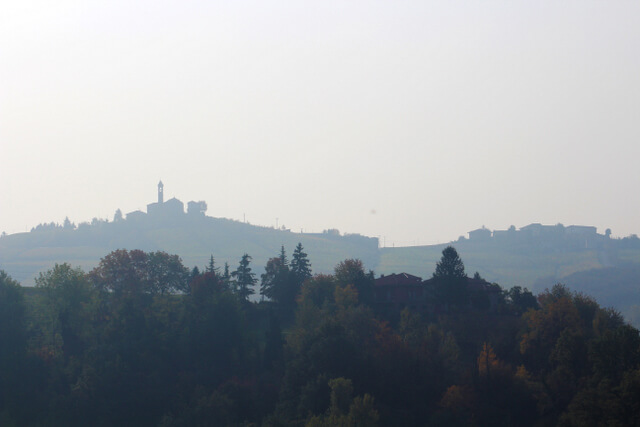Vitel Tonne
“Vitel Tonnè” – 6 to 8 servings
Difficulty: easy
Time to prepare: I hour, excluding cooking time.
“Vitello Tonnato” is possibly the most traditional of Piedmonts’ hors d’oeuvres: it is a must on the menu of any restaurant serving our cuisine. It is also a very popular antipasto in places where North Italians have traditionally emigrated, such as Brazil and Argentina as opposed to Canada and the United States where the vast majority of Italians come from the South of the booth.
Ingredients
800 gr. of round of veal. Your butcher should tie the meat to keep it tight.
3 tablespoons of Soffritto (click here for how to make soffritto)
50 ml of extra virgin olive oil
50 ml of dry white wine
Preparation
Most recipes will have you boil the beef in water with a blend of vegetables: some recipe will even instruct you to keep the veal in the cold broth for 24 hours before cooking. Well … the boiled meat tends to be very dry and taste like sawdust, which is not what you’re aiming for. The veal should be broiled, not boiled. So …
Pour the oil in a pan, bring to frying temperature, pour in the “soffritto”, turn the eat down and let gently fry for 10/15 minutes, until the blend of vegetables is light brown in color. Pour the white wine and increase the eat: let the soffritto cook for another minute or so, or until the wine evaporates, then place the round of veal in the pan and brown it all around. Pre-heat the oven at 1500 C, cover the pan with an aluminum sheet, then put it in the oven for about 55 minutes. Check periodically, and add water to keep the roast moist. The roast should have a crusty brown skin, but be pink in the middle.
Let the veal cool in its broth, then cut it in very thin slices with a very sharp meat knife, and a steady hand, or, better, a meat cutter. A meat cutter will greatly improve your chances of cutting thin slices out of the roast of veal. The veal is cut thin in Piedmont, where the recipe originates from, but may be sliced in thicker slices elsewhere. Please don’t do this: you’d compromise the very balance of taste and smell of this very fine and delicate dish.
Serving
You can serve this antipasto as individual servings or, if your kitchen’s not big enough, in one larger serving dish from which your guests will help themselves. Both serving methods are acceptable. Just make sure that you cover the dishes with plastic wrap paper when prepared in advance: otherwise the salsa tonnata will dry, assume a dark brownish color, and look awful.
For individual serving lay three or four thin slices of meat on one side of the dish, making sure that the slices overlap some, and then put a lump of salsa tonnata on top. You can decorate the dish with two leafs of basil.
When prepared in one large serving dish, lay the slices flat on the plate, making sure that each slice overlaps the next by half of its width, and then smear the salsa tonnata on top of them. You can decorate the plate by putting some capers on top: do not put many of them because they are very tasty, and putting too many will compromise the delicate balance of taste and flavor you have worked so hard to prepare.











